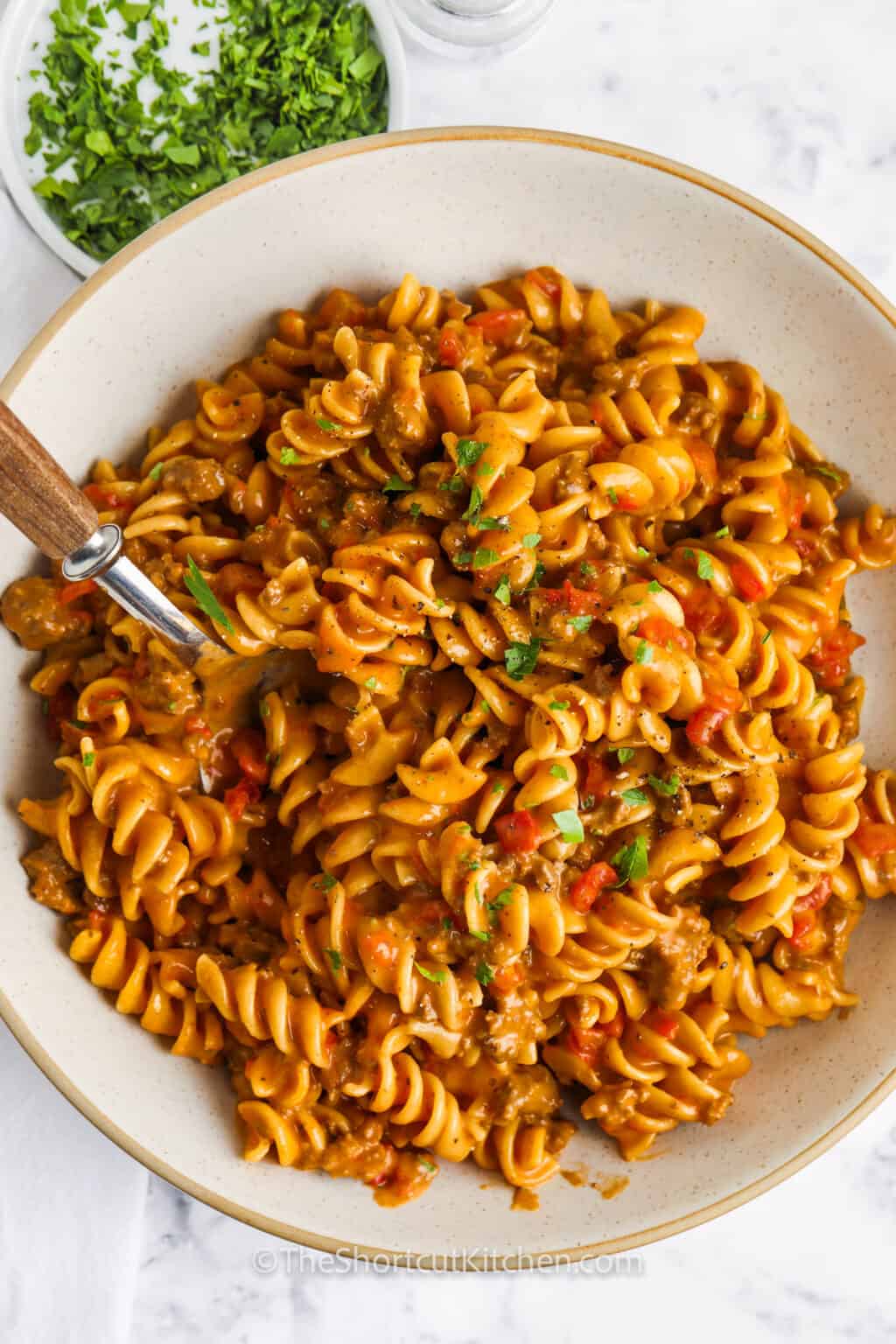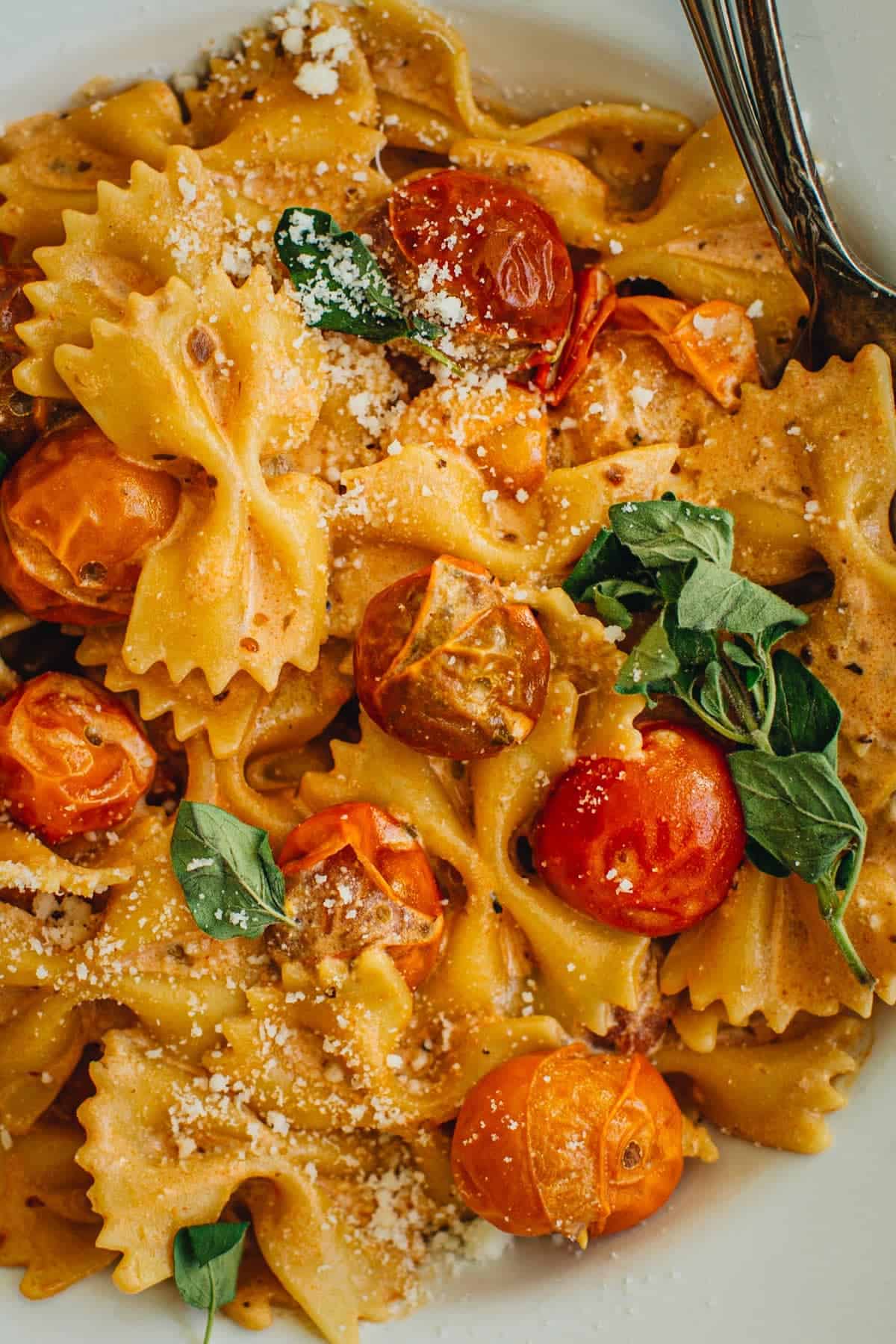A Pasta Bar - Your Guide To Perfect Pasta Pairings
When you think about a meal that brings comfort and joy, a bowl of pasta often comes to mind, doesn't it? There's just something about those tender strands or shapes, coated in a lovely sauce, that feels like a warm hug. Imagine a place where you get to pick out your very own pasta adventure, a spot where every preference is celebrated, and you truly get to make your meal exactly how you like it. This, in a way, is the heart of what a pasta bar offers, giving you the freedom to create a plate that sings to your taste buds.
It's pretty amazing, really, how many different kinds of pasta there are out there. From the very slender angel hair to the wide, tube-like ziti, we're talking about a whole world of shapes and sizes. You might be surprised to learn that, as a matter of fact, there are hundreds of distinct Italian pasta types, each one designed to do something a little different with whatever you pair it with. It’s not just about the name; it’s about how each one holds onto flavor.
So, some of these pasta shapes, they are just the thing for holding onto a thick, savory sauce, making sure you get a good bit of flavor in every bite. Others, you know, they are much better when you put them in a light soup or a fresh salad. It’s almost like each pasta has a job, a specific purpose for how it delivers all those wonderful tastes. A pasta bar truly puts this variety right into your hands, letting you pick the best shape for your chosen topping.
Table of Contents
- What Makes a Pasta Bar So Special?
- Getting Started at a Pasta Bar
- Which Pasta Shapes Are Best for Your Sauce?
- Long Strands at a Pasta Bar
- Short Shapes for a Pasta Bar
- Can Stuffed Pasta Be Part of a Pasta Bar?
- Baked Pasta Choices for a Pasta Bar
- How Do You Pick the Right Pasta at a Pasta Bar?
What Makes a Pasta Bar So Special?
A pasta bar, you see, offers a pretty unique way to eat. It’s not just about getting a plate of food; it’s about building your own creation, piece by piece. You start with the very foundation, which is the pasta itself. This food, often made from wheat flour mixed with water or eggs, is rolled out and shaped into all sorts of forms. It’s quite simple in its making, but the results are, well, pretty amazing. The special part is the freedom you get to mix and match. You pick your pasta, then your sauce, and then maybe some extra bits to go with it. It’s a very personal meal, in some respects.
Getting Started at a Pasta Bar
When you walk into a pasta bar, the first thing you'll notice is the selection. There might be a whole array of different pasta types, just waiting for you to choose. You might see the long, thin ones, or the curly ones, or even the ones shaped like little bows. It’s honestly a bit like being a kid in a candy shop, but for grown-ups who love Italian food. You get to think about what kind of meal you're in the mood for, and then pick the pasta that feels just right. This initial choice is really where your custom dish begins to take shape, you know.
Which Pasta Shapes Are Best for Your Sauce?
This is where things get really interesting at a pasta bar. Different pasta shapes are, in fact, designed to hold different kinds of sauces. Think about it: a thick, chunky sauce needs a pasta that can scoop it up, while a smooth, lighter sauce might need something that it can coat evenly. It’s a bit like picking the right tool for a job, you know? There are over 300 types of Italian pasta today, and each one, you could say, has a specific job when it comes to sauce. We're going to look at a few of the more popular ones you might find, and how they work best. It's truly about finding that perfect match for your taste at a pasta bar.
Long Strands at a Pasta Bar
When you think of pasta, you probably picture long strands first, like spaghetti or linguine. These are, of course, classics for a reason. Spaghetti, with its round, thin shape, is quite good with lighter, oil-based sauces, or even a simple tomato sauce. It allows the sauce to cling to the outside. Linguine, which is a bit flatter than spaghetti, is often chosen for sauces that have a bit more substance, like a clam sauce or a creamy alfredo. It's almost as if the flat surface helps to hold onto those richer toppings. At a pasta bar, these long strands are a popular pick for anyone wanting that traditional twirl-on-the-fork experience, offering a familiar comfort.
Then there's angel hair, which is, well, extremely delicate. It’s so thin that it’s usually paired with very light sauces, perhaps just a little butter and herbs, or a very thin tomato broth. Anything too heavy would just overwhelm it. These long, slender types are really about letting the sauce shine through, you know. They offer a subtle texture that doesn't compete with the flavor of the topping. Choosing these at a pasta bar means you're leaning towards a lighter, more graceful meal, in a way.
Short Shapes for a Pasta Bar
Now, let's talk about the shorter pasta shapes you might see at a pasta bar. These are the ones that are fantastic for holding onto chunky sauces or for being mixed into salads and soups. Think about fusilli, which are those fun spirals. Their twists and turns are just perfect for catching bits of meat or vegetables in a sauce, like a Bolognese, or even a pesto. They really grab onto every bit of flavor. Farfalle, which are shaped like little bow ties, also have lots of nooks and crannies for sauce to settle into. They're often seen in lighter, more vibrant pasta salads, or with creamy sauces that can get caught in their folds. They are, you know, quite a cheerful shape.
Penne, those short tubes with angled ends, are another popular choice. The hollow center and ridges on the outside are ideal for thicker sauces, like a hearty marinara or a rich arrabbiata. The sauce gets right inside the tube, making every bite full of flavor. Ziti is pretty similar to penne but usually without the ridges, making it good for baked dishes where the sauce can really soak in. These shorter shapes at a pasta bar offer a different kind of eating experience, one where the pasta acts more as a vessel for the sauce and other ingredients, rather than just a strand to be coated. They are, basically, very versatile.
Can Stuffed Pasta Be Part of a Pasta Bar?
You might wonder if those lovely stuffed pasta varieties could be part of a pasta bar setup. And the answer is, quite often, yes! Stuffed shells, for example, are a truly wonderful choice. These are large shells, usually filled with a creamy mix of ricotta cheese, herbs, and sometimes spinach or meat. They are, you know, a meal in themselves, even before you add sauce. Lasagna, while typically a baked dish made in layers, could also be offered in a deconstructed way, or as individual portions, allowing you to choose your sauce. These types of pasta offer a different kind of richness and substance to your meal. They are, essentially, a little parcel of flavor and texture.
Baked Pasta Choices for a Pasta Bar
When it comes to baked pasta, like lasagna or stuffed shells, these are usually prepared in a casserole dish and cooked in the oven until they are bubbly and golden. While a pasta bar usually focuses on stovetop cooking, some places might offer pre-made baked options that you can then top with extra sauce or cheese. This is a nice way to get that comforting, gooey texture that baked pasta provides. The noodles, whether they are flat sheets for lasagna or large shells, become tender and absorb the flavors of the sauce and fillings during the baking process. It’s a different kind of pasta experience, but just as satisfying, you know, in a very hearty way.
How Do You Pick the Right Pasta at a Pasta Bar?
Choosing the right pasta at a pasta bar can feel like a big decision, especially with so many options. But it’s honestly simpler than it seems. The main thing to think about is the sauce you want. Do you want something light and smooth, or something thick and chunky? If you're going for a creamy alfredo or a rich carbonara, a flat pasta like linguine or even a ribbed penne might be a good choice because they can hold onto that creaminess. For something like a simple marinara, spaghetti or fusilli could work wonderfully, catching all the tomato bits. It’s really about what kind of texture you want in your mouth and how you want the sauce to interact with the pasta, you know.
Consider also what other ingredients you might be adding. If you're piling on lots of vegetables or meat, a sturdy, shorter pasta like penne or fusilli will stand up to those additions better than a very delicate angel hair. If you’re making a soup, tiny pasta shapes like ditalini or even broken spaghetti might be the best fit, allowing for easy spoonfuls. The beauty of a pasta bar is that you get to experiment, trying out different combinations until you find your perfect match. It’s basically a playground for pasta lovers, letting you try out new things or stick with your old favorites. There are, after all, so many ways to switch up your pasta meal, far beyond just spaghetti and meatballs, though those are pretty great too, in a way.

Skillet Pasta With Ground Beef (Cheesy!) - The Shortcut Kitchen

Pasta Napoletana - Nourish and Fete

Bow Tie Pasta - Aimee Mars